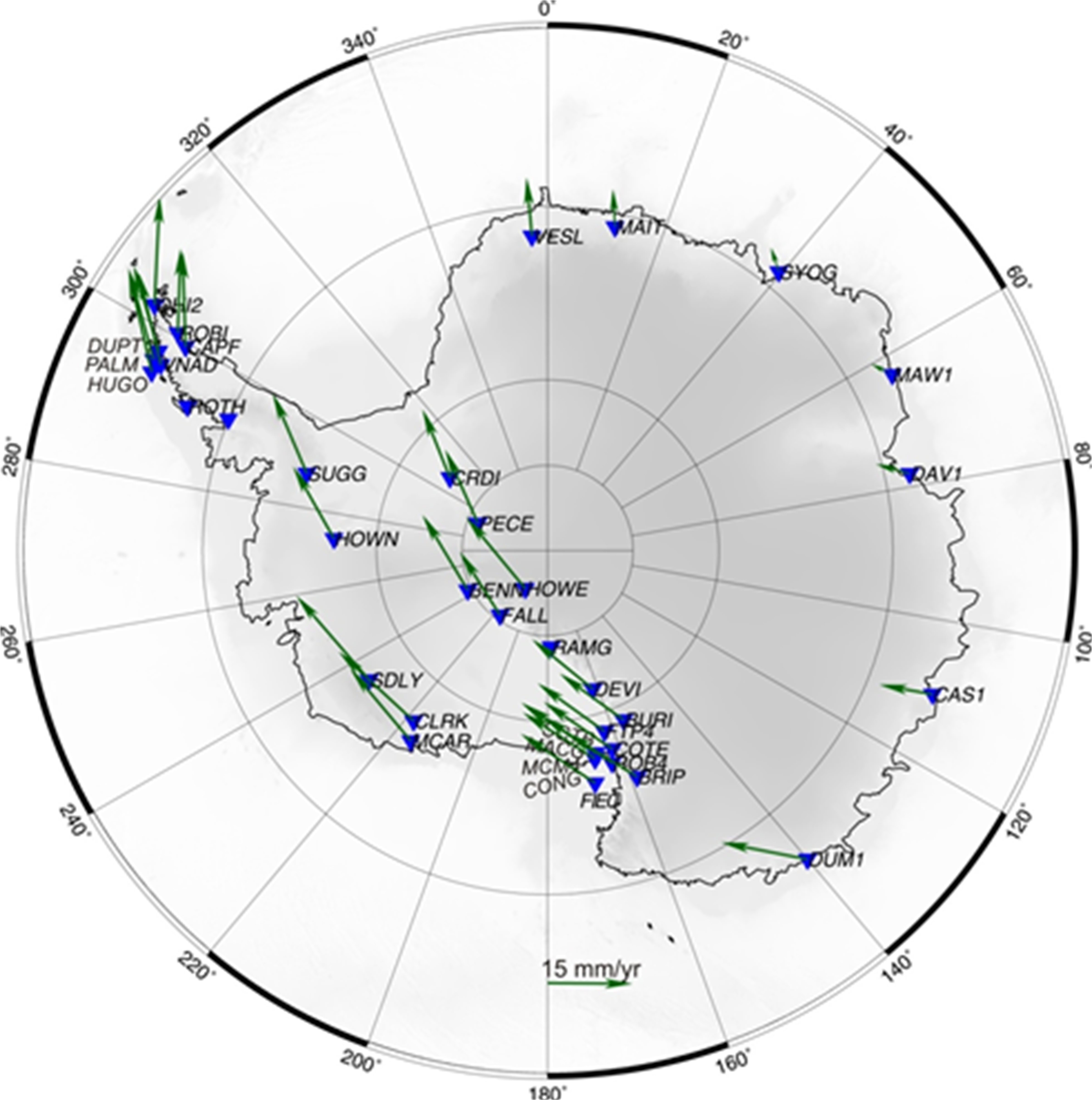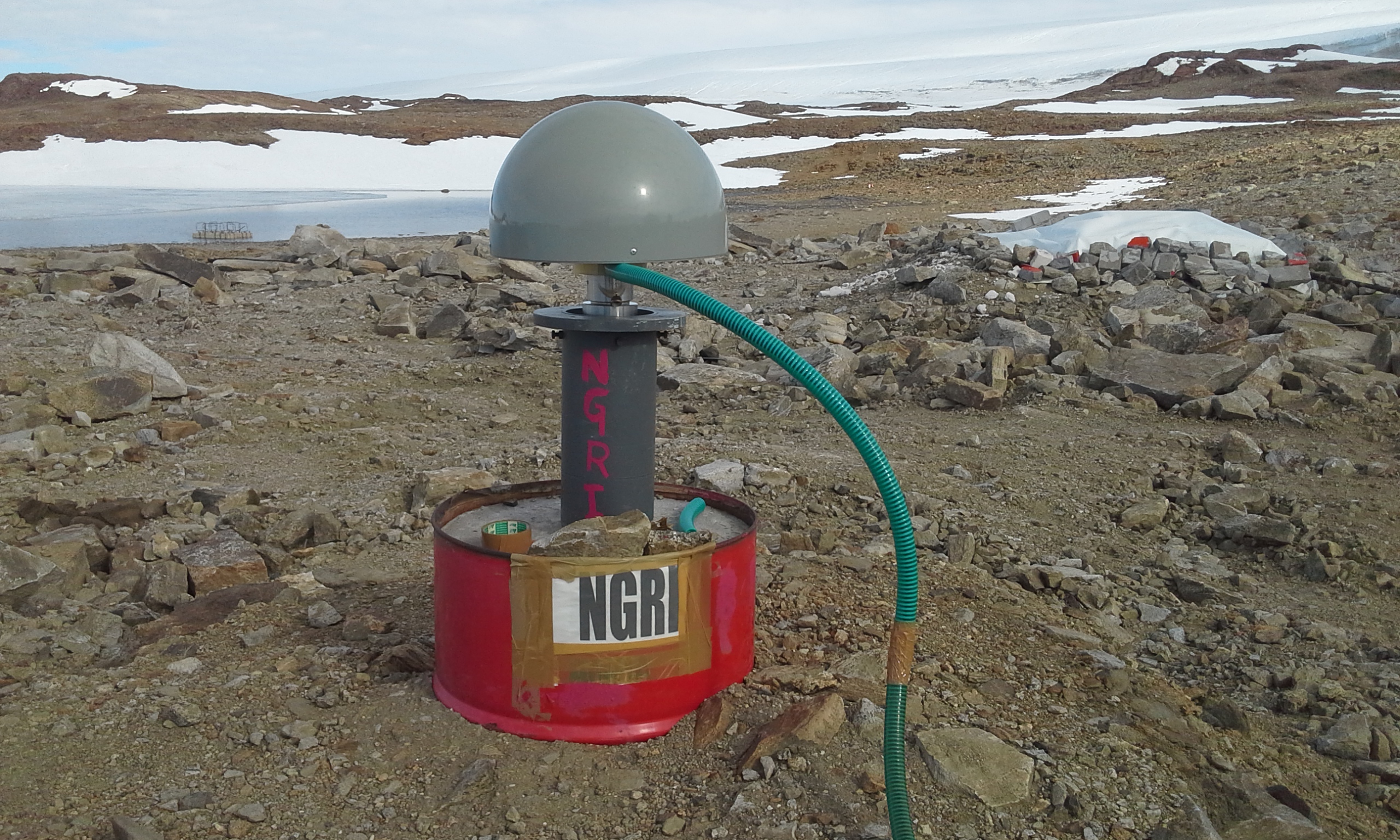New Delhi: Even asthe Indian tectonic plate is constantly crawling northwards at about 2 to 3 centimetresper year, the Antarctic tectonic plate is spinning like a pinwheel.A group of Indian scientists have assessed the velocity of motion of the Antarctic tectonic plate.
The Antarctic plate is the only one that rotates. All others across the surface of the world move in one direction or the other. The motion assessment has been made using data from 48 sites in different parts of the icy continent. These GPS stations belong to two American organisations - University Navstar Consortium and Scripps Orbit and Permanent Array Centre. One GPS station is located in Maitri, India’s permanent station in the continent.
Among all major and minor tectonic plates, the Antarctic plate is unique as it has a geodynamic setting.It is almost completely surrounded by mid-oceanic ridges, divergent or conservative margins which are formed due to interactions of several other plates. Majority of the other plates are surrounded by both divergent as well as convergent plate margins. Consequently, while most other plates move largely in one direction, unique plate margin boundaries setting of the Antarctic plate makes it spin like a pinwheel.
Indian scientists have found that the velocity of motion of this plate is about four millimeter per year in the eastern part and about 20 millimeter per year in the western part of the Antarctic peninsula. They also observed that the plate was moving towards the South America plate.

"The study was conducted by Vineet K.Gahalaut, Director,National Centre for Seismology (NCS) under the Ministry of Earth Sciences, and SapnaGhavri, Joshi K.Catherine, A.Ambikapathy and Amit Kumar of Hyderabad-based CSIR-National Geophysical Research Institute (NGRI)."
The study was conducted by Vineet K.Gahalaut, Director,National Centre for Seismology (NCS) under the Ministry of Earth Sciences, and SapnaGhavri, Joshi K.Catherine, A.Ambikapathy and Amit Kumar of Hyderabad-based CSIR-National Geophysical Research Institute (NGRI). They have published their findings in a recent issue of journal Proceedings of Indian National Science Academy.
In all, there are eight major tectonic plates, 10 minor and a large number of micro-plates across the surface of the earth. The Antarctica, which is the fifth largest of the seven continents of the world was part of a supercontinent called Gondwana more than 170 million years ago. Over time, Gondwana broke apart into several parts and Antarctica was formed around 35 million years ago. The area of Antarctica plate is 61 million square kilometer which is almost five times that of the Indian plate. (India Science Wire)


